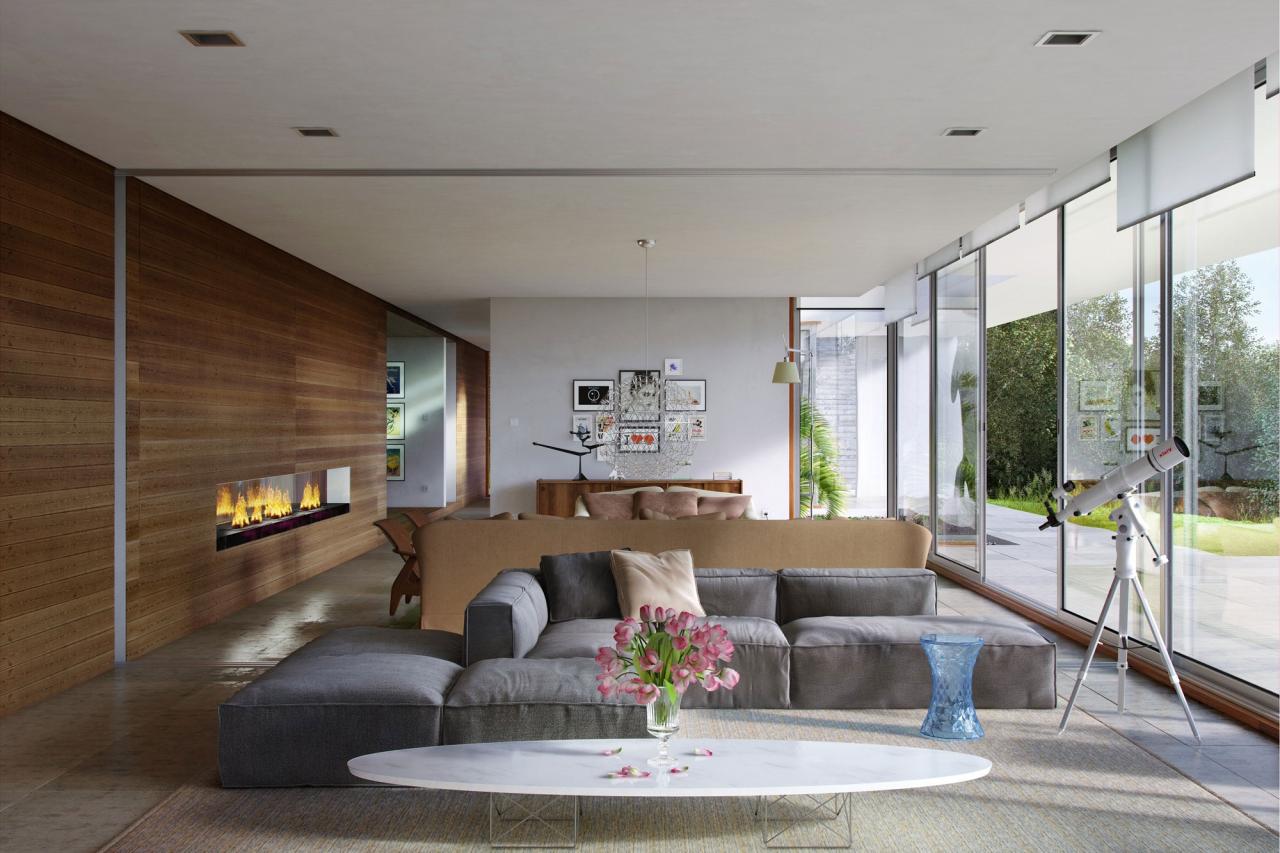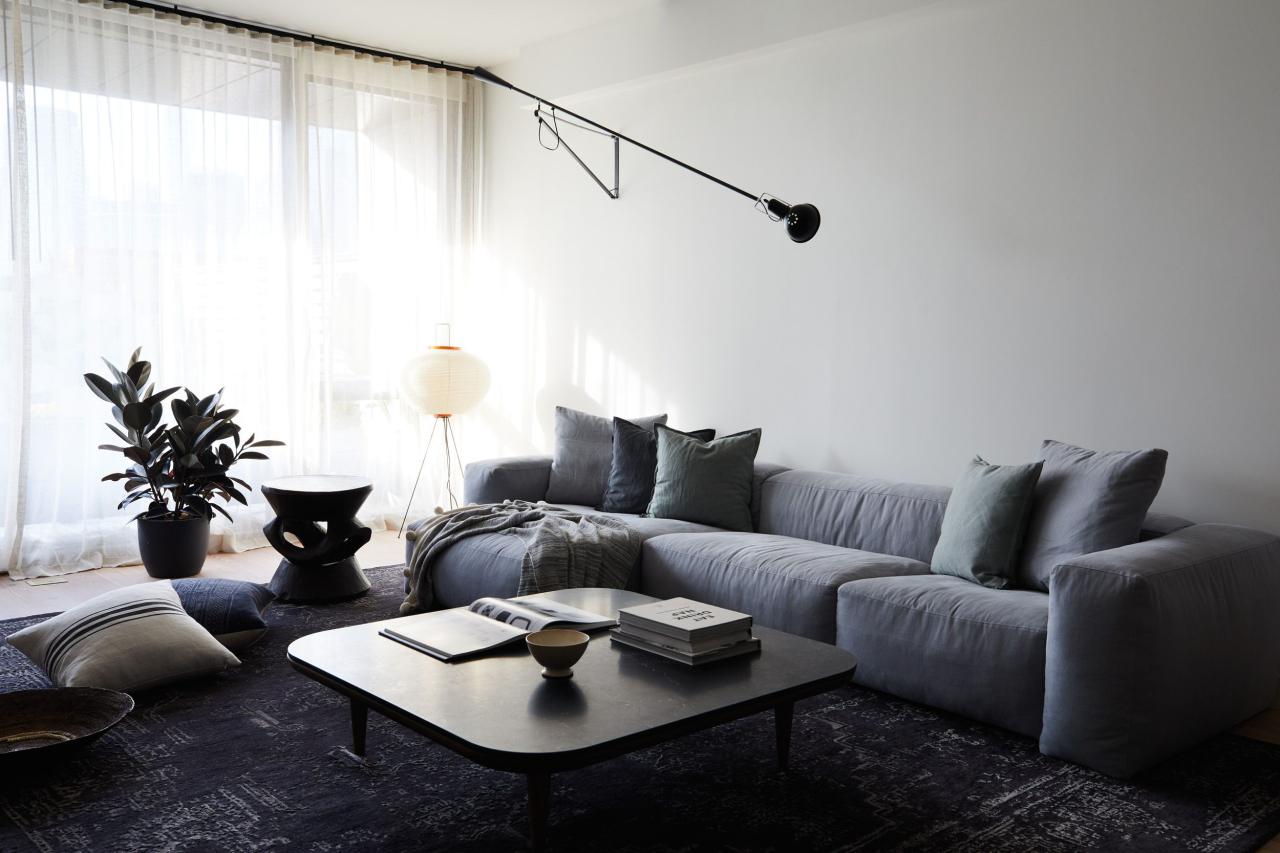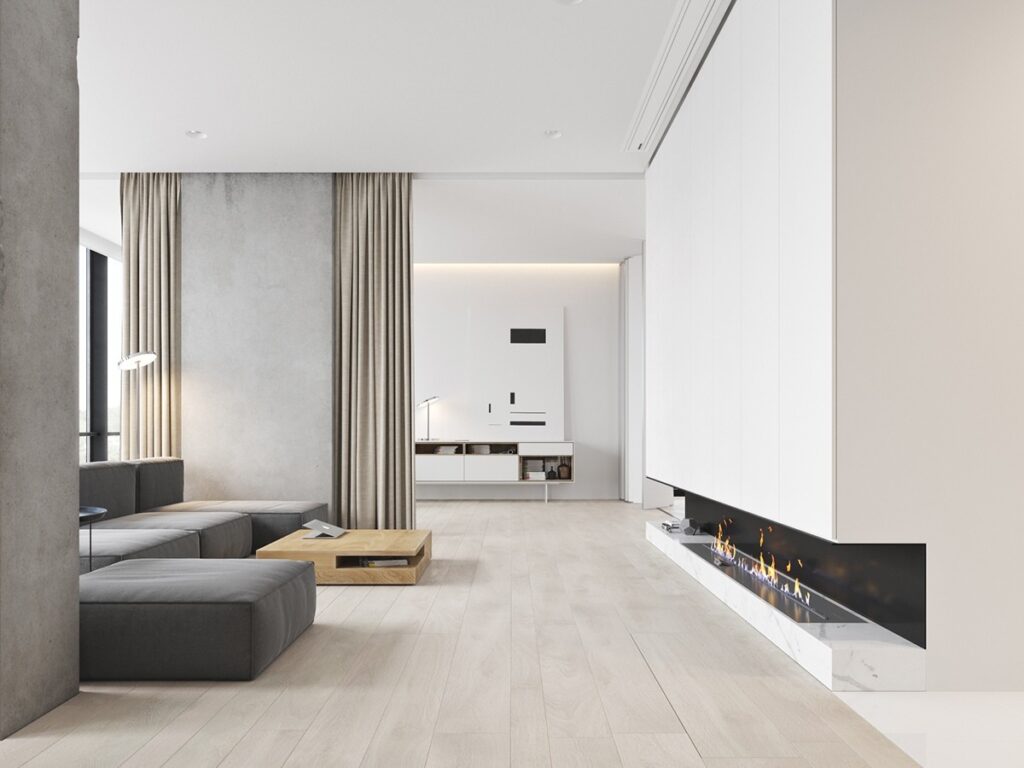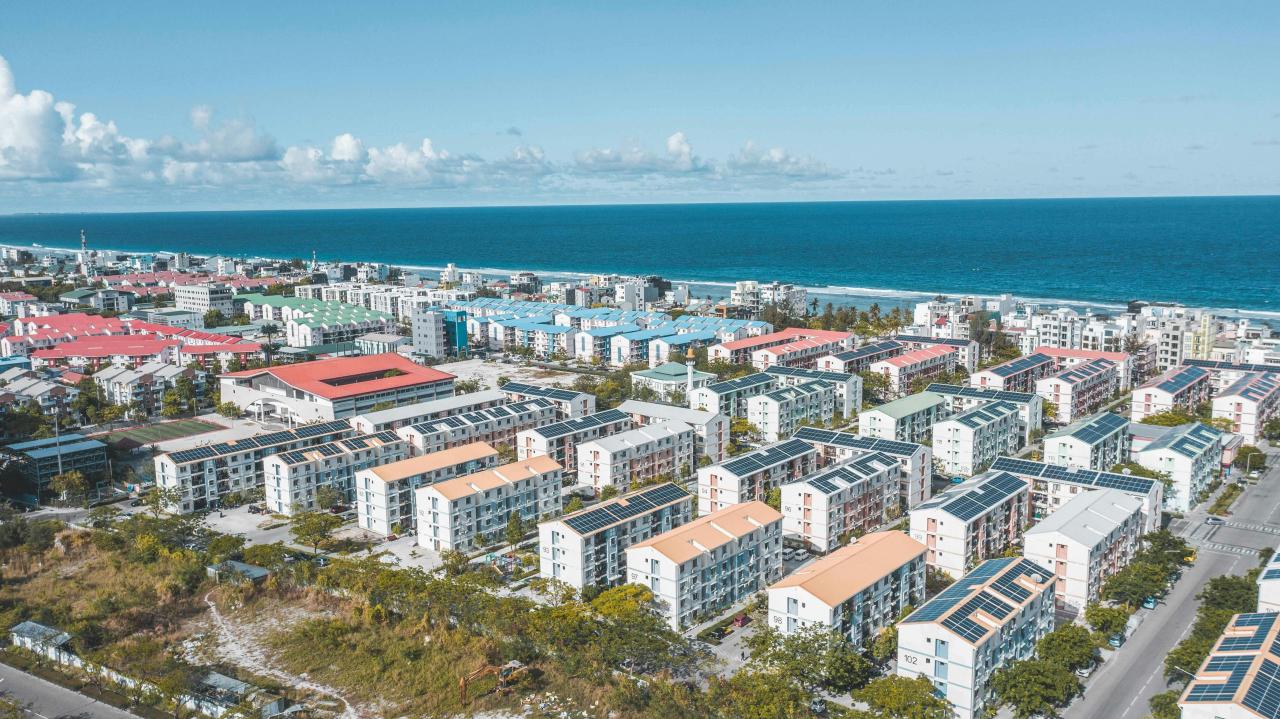In the bustling, overstimulated world we inhabit, a profound shift in design philosophy is gaining immense traction. The Minimalist Interior Trends are not merely a passing fad but a deep-seated movement towards a more intentional and peaceful way of living. This style, often misconstrued as stark or cold, is in fact a sophisticated art of curation, where “less is more” isn’t just a catchy phrase—it’s the guiding principle. By stripping away the non-essential, minimalist design uncovers the true beauty of a space, focusing on clean lines, functional purpose, and a sense of calm that can be a sanctuary from the chaos of modern life. This comprehensive guide will explore the core tenets of minimalism, its remarkable benefits, and provide actionable steps to transform your home into a haven of tranquility and purpose.
The Foundational Principles of Minimalism

Minimalist interior design is built upon a few key pillars. These principles work in harmony to create a space that feels uncluttered, spacious, and serene. It’s a deliberate choice to focus on quality over quantity and to make every element in a room serve a specific function or hold significant meaning.
A. Embracing Negative Space: In minimalist design, empty or negative space is just as important as the objects within it. It allows a room to breathe, preventing it from feeling crowded and drawing attention to the carefully chosen pieces. By consciously leaving areas free of furniture and decor, you create visual pauses that enhance the overall sense of calm and order. This is a radical departure from traditional design, which often seeks to fill every available surface. Think of it as a canvas; the white space is what allows the art to truly stand out.
B. A Muted Color Palette: The minimalist aesthetic favors a neutral color palette, with shades of white, beige, gray, and black forming the foundation. These colors create a sense of harmony and timelessness, serving as a blank slate that highlights textures, natural light, and the simple forms of the furniture. While a neutral base is key, subtle pops of color can be introduced through artwork or a single, statement piece of furniture, adding a touch of personality without disrupting the tranquil atmosphere.
C. Functional and Intentional Furniture: Every piece of furniture in a minimalist home must have a purpose. There’s no room for extraneous items. Furniture is chosen for its simple, clean lines and its dual functionality where possible. For instance, a coffee table with built-in storage or an ottoman that can double as a seat. The focus is on quality craftsmanship over trendy designs, ensuring that each item is a long-term investment that will stand the test of time, both in durability and style.
D. Strategic Use of Natural Light: Natural light is a cornerstone of minimalist design. It accentuates the clean lines, makes the space feel more open, and creates a calming ambiance. Minimalist homes often feature large windows, and window treatments are kept simple or omitted entirely to maximize the flow of light. Mirrors are also strategically placed to reflect light and create the illusion of a larger, brighter space.
E. Focus on Texture and Natural Materials: To prevent the space from feeling sterile, minimalist design cleverly uses a variety of textures and natural materials. You’ll find a blend of smooth concrete, warm wood, soft linen, and rough wool. These tactile elements add depth and a sense of warmth to the room, engaging the senses without adding visual clutter. Materials like wood, stone, and cotton are favored for their simplicity and connection to nature.
The Profound Benefits of a Minimalist Lifestyle
Adopting a minimalist approach to your home is not just about aesthetics; it’s a gateway to a more fulfilling and less stressful life. The benefits extend far beyond the visual appeal of a clean room, impacting your mental and emotional well-being.
A. Mental Clarity and Reduced Stress: A cluttered environment can lead to a cluttered mind. By simplifying your surroundings, you eliminate visual noise, which can significantly reduce stress and anxiety. A clean, organized space promotes a sense of calm and control, allowing you to think more clearly and focus on what truly matters. It creates a tranquil backdrop for your daily life.
B. Increased Productivity and Focus: When your home is free of distractions, it becomes easier to concentrate. Whether you’re working from home, studying, or engaging in a hobby, a minimalist environment helps you stay on task. The absence of visual clutter means your brain doesn’t have to process unnecessary information, freeing up mental energy for more important tasks.
C. Financial and Environmental Sustainability: The minimalist philosophy encourages conscious consumption. Instead of buying cheap, disposable items, you invest in high-quality, durable goods that will last for years. This not only saves you money in the long run but also reduces your environmental footprint. Buying less and reusing what you have is an inherently sustainable practice, aligning with a more eco-friendly lifestyle.
D. Easier Maintenance and Cleaning: With fewer items and cleaner surfaces, a minimalist home is much easier to clean and maintain. There’s less to dust, less to organize, and fewer things to move around. This frees up your time and energy, allowing you to focus on activities you enjoy rather than on constant upkeep.
E. Authentic Self-Expression: Minimalism isn’t about having nothing; it’s about having only what you love and what serves a purpose. It forces you to be more intentional about your choices, selecting items that truly reflect your personality and values. Your home becomes a true reflection of you, rather than a collection of random purchases.
A Step-by-Step Guide to Embracing Minimalism

Transitioning to a minimalist interior can seem daunting, but it’s a journey that can be broken down into manageable steps. The key is to be patient and deliberate, tackling one area at a time.
A. The Great De-cluttering: This is the most crucial step. Start by taking everything out of a single room or even just a single drawer. Then, sort everything into three piles: “Keep,” “Donate/Sell,” and “Discard.” Be ruthless but realistic. Ask yourself a simple question for each item: “Does this serve a purpose or bring me joy?” If the answer is no, it’s time to let it go.
B. Embrace Hidden Storage: In a minimalist home, “a place for everything and everything in its place” is paramount. Utilize hidden storage solutions like built-in cabinets, storage ottomans, and under-bed drawers. This allows you to keep the surfaces clean and clutter-free, maintaining the visual serenity of the space.
C. Choose Your Furniture Wisely: When purchasing new items, prioritize quality over quantity. Look for multi-functional furniture with simple, clean lines. A modular sofa, for example, can be reconfigured to suit different needs, and a bed with integrated storage eliminates the need for a separate dresser.
D. Focus on Quality Over Quantity: This principle applies to everything, from furniture to decor. Instead of having a dozen small, insignificant items on a bookshelf, choose a few larger, more meaningful pieces. For instance, one beautiful, high-quality vase or a single, striking piece of artwork can have a much greater impact than a collection of small trinkets.
E. Introduce Deliberate Decor: Decorate with intention. This means every decorative item should have a story or a specific purpose. Think of things like a few books you genuinely love on a side table, a framed photo that holds deep meaning, or a single plant that adds life and color. These are not just objects; they are curated expressions of your personality.
F. Let the Walls Speak: Instead of filling your walls with a gallery of small frames, consider one or two large pieces of art. The negative space around the artwork will draw attention to it and make a more powerful statement. This minimalist approach to wall decor adds sophistication and focus.
G. Prioritize Light and Space: Once you have removed the clutter and arranged your functional furniture, focus on maximizing light. Keep windows clear of heavy drapes, and use a simple roller blind or sheer curtain if privacy is needed. You can also paint walls in light, reflective colors to enhance the natural brightness.
Conclusion
The minimalist interior trend is far more than a design choice; it is a transformative philosophy that can profoundly impact your life. By consciously curating your surroundings, you are not just creating a beautiful home—you are building a sanctuary that supports your mental, emotional, and physical well-being. This journey teaches you the value of simplicity, the beauty of an uncluttered mind, and the profound peace that comes from living with less.
Ultimately, a minimalist home is a legacy of calm and purpose. It’s a testament to the idea that true richness is not found in the accumulation of possessions but in the quality of our experiences and the tranquility of our environment. The serene spaces created through minimalist design allow us to breathe, to focus on the moments that truly matter, and to connect with ourselves and our loved ones without the constant distraction of a cluttered world. In an era of constant noise and visual overload, the decision to live with less is a revolutionary act of self-care. It’s a powerful step towards a more mindful, sustainable, and peaceful existence, proving that a simpler life is indeed a richer one.












